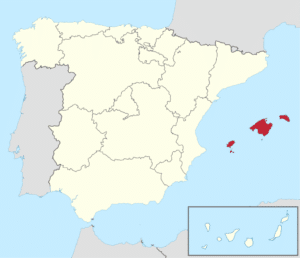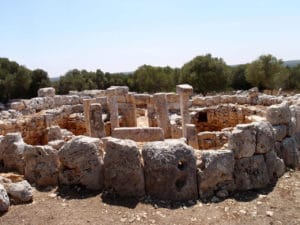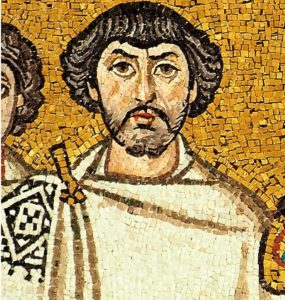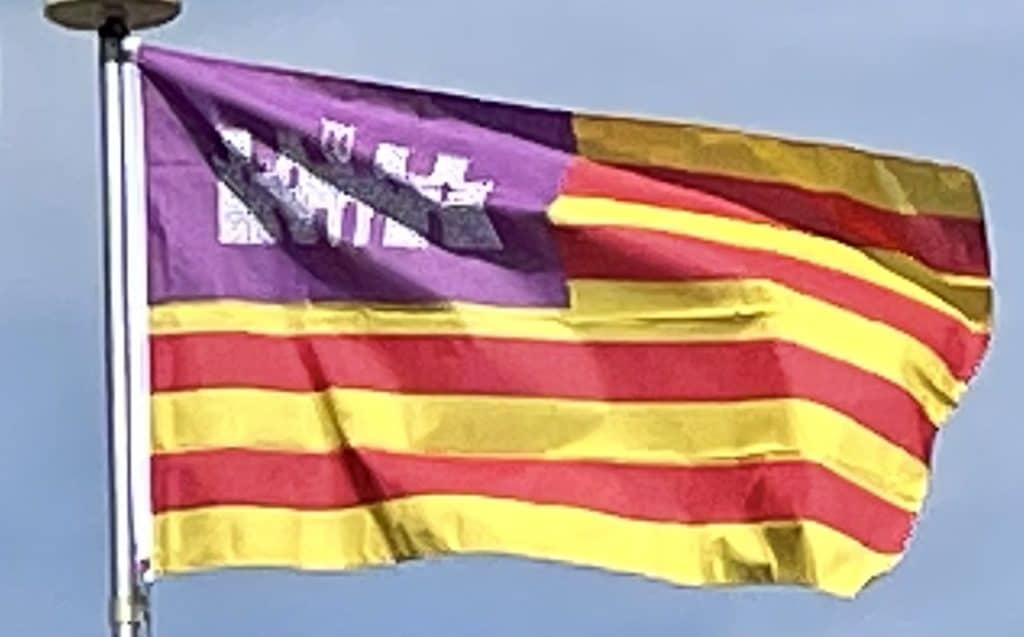Introduction:
The Balearic Islands are a Spanish archipelago in the western Mediterranean Sea, near the eastern coast of the Iberian Peninsula.

Its four largest islands are Mallorca, Menorca, Ibiza, and Formentera. Many of its minor islands and islets are close to the larger islands, including Cabrera, Dragonera, and S’Espalmador. The islands have a Mediterranean climate, and the four major islands are all popular tourist destinations. Ibiza, in particular, is known as an international party destination, attracting many of the world’s most popular DJs to its nightclubs. The islands’ culture and cuisine are similar to those of the rest of Spain but have their own distinctive features.
The archipelago is an autonomous community and a province of Spain; its capital is Palma de Mallorca. The 2007 Statute of Autonomy designates the Balearic Islands as one of the nationalities of Spain. The official languages of the Balearic Islands are Catalan and Spanish.
History:
Ancient History:
Little is recorded on the earliest inhabitants of the islands, though many legends exist. The story, preserved by Lycophron, that certain shipwrecked Greek Boeotians were cast nude on the islands, was evidently invented to account for the name Gymnesiae. In addition, Diodorus Siculus writes that the Greeks called the islands Gymnesiae because the inhabitants were naked during the summer time. Also, a tradition holds that the islands were colonized by Rhodes after the Trojan War.

Other legends allow that the inhabitants lived in hollow rocks and artificial caves, that they were remarkable for their love of women and would give three or four men as the ransom for one woman, that they had no gold or silver coin, and forbade the importation of the precious metals, so that those of them who served as mercenaries took their pay in wine and women instead of money.
The Phoenicians took possession of the islands in very early times; a remarkable trace of their colonization is preserved in the town of Mago (Maó in Menorca). After the fall of Carthage in 146 BC, the islands seem to have been virtually independent. Notwithstanding their celebrity in war, the people were generally very quiet and inoffensive. The Romans, however, easily found a pretext for charging them with complicity with the Mediterranean pirates, and they were conquered by Q. Caecilius Metellus, thence surnamed Balearicus, in 123 BC. Metellus settled 3,000 Roman and Spanish colonists on the larger island, and founded the cities of Palma and Pollentia.
Medieval Period:
The Vandals under Genseric conquered the Islands sometime between 461 and 468 during their war on the Roman Empire. However, in late 533 or early 534, following the Battle of Ad Decimum, the troops of Belisarius reestablished control of the islands for the Romans.

Imperial power receded precipitately in the western Mediterranean after the fall of Carthage and the Exarchate of Africa to the Umayyad Caliphate in 698, and in 707 the islands submitted to the terms of an Umayyad fleet, which allowed the residents to maintain their traditions and religion as well as a high degree of autonomy. Now nominally both Byzantine and Umayyad, the de facto independent islands occupied a strategic and profitable grey area between the competing religions and kingdoms of the western Mediterranean. The prosperous islands were thoroughly sacked by the Swedish Viking King Björn Ironside and his brother Hastein during their Mediterranean raid of 859–862.
